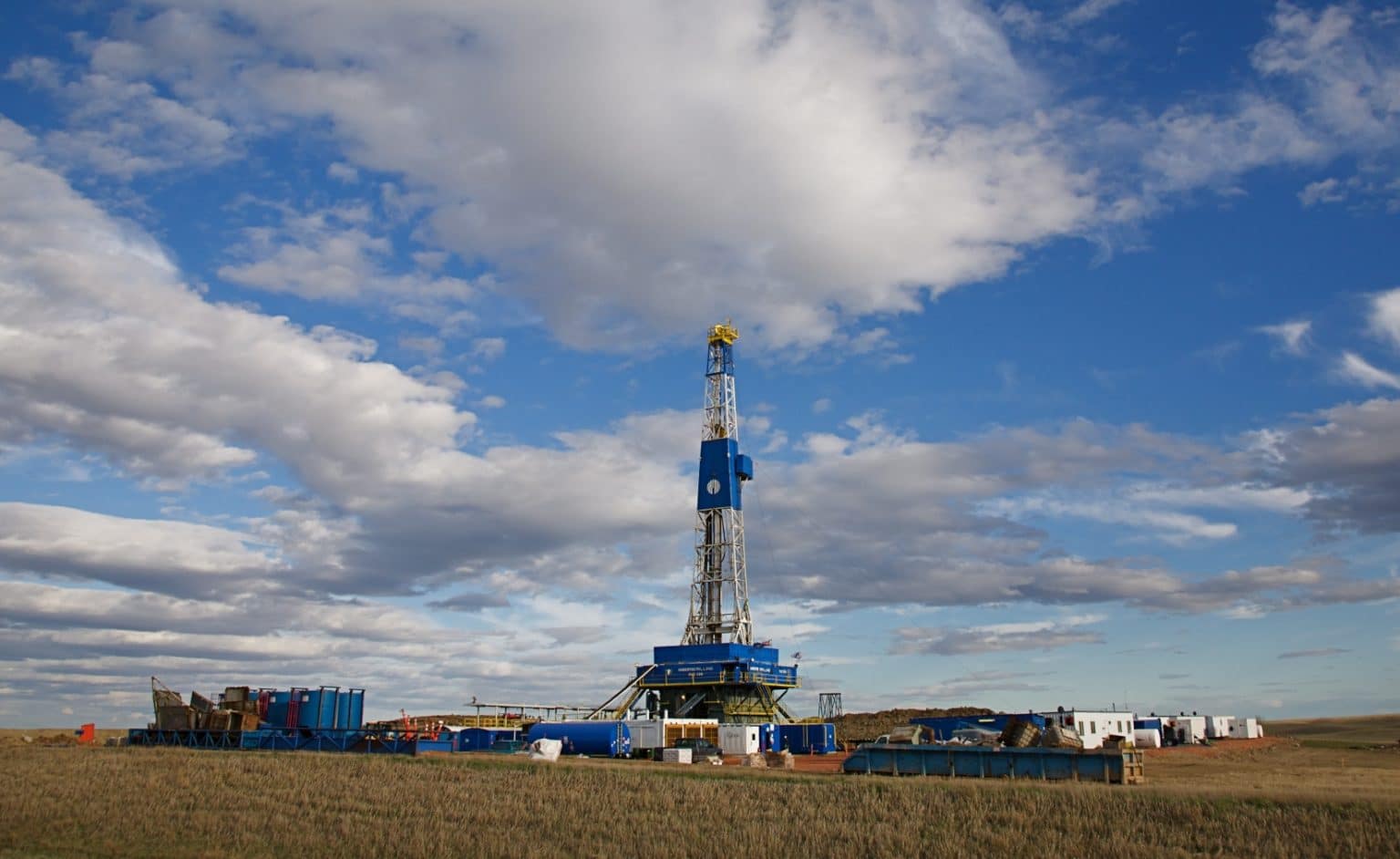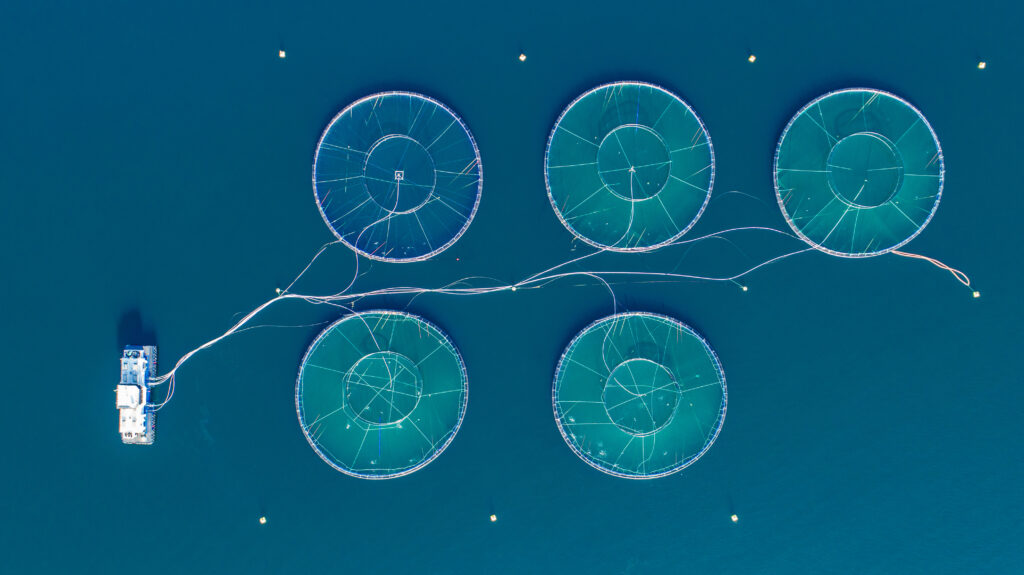The question of how to handle the toxic waste from fracking and other oil and gas activities is one of the most intractable issues confronting environmental regulators. Not only because of the sheer volume of waste generated nationwide, but also because some of the radioactive materials involved have a half-life of over 1,500 years, making the consequences of decision-making today especially long-lasting.
Every year, the oil and gas industry generates roughly 21 billion barrels of wastewater and millions of tons of solid waste, much of it carrying a mix of naturally occurring radioactive materials, and some of it bearing so much radioactive material that it is not safe to drink or even, on far more rare occasions, to simply have it near you.
But unlike most other industries, since 1988, the oil and gas industry has benefitted from an exception to national hazardous waste handling laws, which punts control of this radioactive waste from the federal government down to each individual state — no matter how dangerous the waste might be.
Over the past decade, states have often proved ill-prepared to handle the flood of waste from the shale drilling rush, sometimes because drillers struck oil or gas in a region with little prior experience with drilling’s unique hazards, and other times because the political sway of a wealthy and well-connected industry or a lack of resources for environmental regulation left state rules vague or poorly enforced, environmentalists say.
Both types of problems are highlighted in a new report, published Nov. 19 by the Western Organization of Resource Councils (WORC), that examines how radioactive wastes are handled under various state laws.
“[S]tate regulatory frameworks remain sparse, where they exist at all,” the report, titled No Time To Waste, concluded, after a review of rules governing radioactive waste from oil and gas operations in Colorado, Idaho, Montana, North Dakota, South Dakota, and Wyoming.
Some of those states, like Wyoming and North Dakota, have long-established histories of intensive oil exploration, while others, like Montana and Idaho have far less drilling activity but nonetheless have found themselves grappling in recent years with radioactive waste from neighboring states and as far away as Pennsylvania.
The report details a string of illegal dumping incidents, including the dumping of thousands of pounds of filter socks, used to filter wastewater, on a truck bed in Watford City in Feb. 2014; a 2013 incident where roughly 1,000 filter socks were illegally snuck into a municipal landfill; and the discovery in March, 2014 of over 200 trash bags stuffed with radioactive waste at an abandoned gas station in Noonan, ND, which made national headlines.
That year, an Associated Press investigation uncovered over 150 attempts to dump radioactive waste at landfills not qualified to accept it — and that state regulators failed to fine or sanction anyone over the attempted illicit dumping.
And that’s in North Dakota, which is the only state with a “relatively comprehensive” approach to regulating the drilling rush’s radioactive materials, the WORC report concluded.
“Oil and gas companies essentially handle and dispose of radioactive waste at their own discretion,” said Bob LeResche, WORC Chair from Clearmont, Wyoming. “Some have resorted to the cheapest option, illegally dumping it.”
Concerns about corner cutting through illegal waste disposal have grown as oil prices have plunged over the past year.
And while, in theory, lower prices should lead to less drilling, some operators are trying different tactics to deal with the price slump, including continuing to drill wells but waiting to perform the final steps, including fracking, in the hopes of locking in low rig prices and then starting production when prices recover. In North Dakota, for example, over 1,000 oil wells had been drilled but not yet fracked as of September, compared to 13,000 wells producing oil and gas in the state.
Scientists warn that if this radioactive waste is dumped in regular landfills, water running off from the landfills after rainstorms could carry radioactive materials into rivers, streams and drinking water supplies, in part because companies treating wastewater collected from landfills may not know that radioactive materials are present.
Across the U.S., cuttings are finding their ways into these local landfills. “In just the past two years, over 500,000 tons of drill cuttings and shale gas waste products have been buried in the municipal waste landfill in our county,” Bill Hughes, Chairman of the Wetzel County Solid Waste Authority, said earlier this year.
In 1988, the Environmental Protection Agency issued a regulatory determination that, even though the waste from oil and gas exploration and production was toxic, there was no need for the nation’s hazardous waste handling laws, under the Resource Recovery and Conservation Act’s Subpart C, to apply.
But that notion has increasingly come under fire, not only in Western states, but also in the Northeast.
In August, a coaliton of environmental groups announced their intention to sue the EPA to force it to issue regulations for the industry’s toxic and radioactive waste.
“Thirty years ago the Environmental Protection Agency exempted oil and gas waste from federal classification as hazardous, not because the waste isn’t hazardous, but because EPA determined state oversight was adequate,” Earthworks’ Eastern Program Coordinator Nadia Steinzor, said in a statement when a study detailing the failures to control this waste in the Northeast’s Marcellus shale was released earlier this year. “But our analysis shows that states aren’t keeping track of this waste or disposing of it properly.”
Similarly, Western states have struggled to keep up with radioactive waste from drilling. “Though North Dakota has occupied much of the spotlight on this issue, other states have begun to see a rising tide of radioactive waste, as well,” the WORC report concluded.
“Among New Western states, Colorado, Wyoming, and Montana lack formal regulations, and only Montana has begun to address radioactive oil and gas waste. Idaho has several regulations in place, but no statewide disposal limit. Further east, South Dakota has a radioactivity limit for solid waste disposal, but after that regulations run out,” WORC wrote.
The report criticized the way that Wyoming Department of Environmental Quality (DEQ) calculates whether the industry’s waste is dangerous enough to require regulation. “Contrary to the DEQ’s conclusion, then, Wyoming’s TENORM waste products may actually have radioactivity concentrations that are on par with—or even higher than—those of neighboring states, because those wastes are emerging from soils that have higher concentrations already,” the researchers reported.
In Idaho, despite the relatively small presence of the drilling industry, radioactivity is a concern because it’s home to one of the nation’s largest commercial disposal sites for radioactive waste, including fracking waste. “The facility’s limit for radioactivity concentration is 1,500 picocuries per gram of radium—more than 30 times the limit deemed safe by Argonne’s North Dakota study,” WORC wrote. “This limit dwarfs the levels accepted in nearby states. As a result, Idaho receives wastes from all over the country, sometimes from as far away as the Pennsylvania shale fields.”
Montana, which similarly has relatively little fracking, has been inundated with waste from neighboring North Dakota’s Bakken shale.
“Montana has a radioactivity limit of 30 picocuries per gram, meaning that it can accommodate many of the oilfield wastes that exceed North Dakota’s limit of 5 picocuries per gram; as a result, North Dakota generators and waste transporters have quickly flocked to this new facility,” WORC wrote.
North Dakota is in the process of updating its rules for radioactive waste, but while many of the rules under consideration are tougher than existing state laws, the state plans to raise its maximum limits to above Montana’s cap, making it 10 times less strict than before the update.
“Without thorough, rigorous, and consistent oversight from the state, especially in the face of a higher radioactivity limit,” Larry Heilmann, a retired biochemist from Fargo, N.D., said in a WORC statement on the report, “it is doubtful that the new rules will result in improvements on the ground.”
Photo Credit: Tom Reichner | Tom Reichner / Shutterstock.com“>Shutterstock.com
Subscribe to our newsletter
Stay up to date with DeSmog news and alerts







